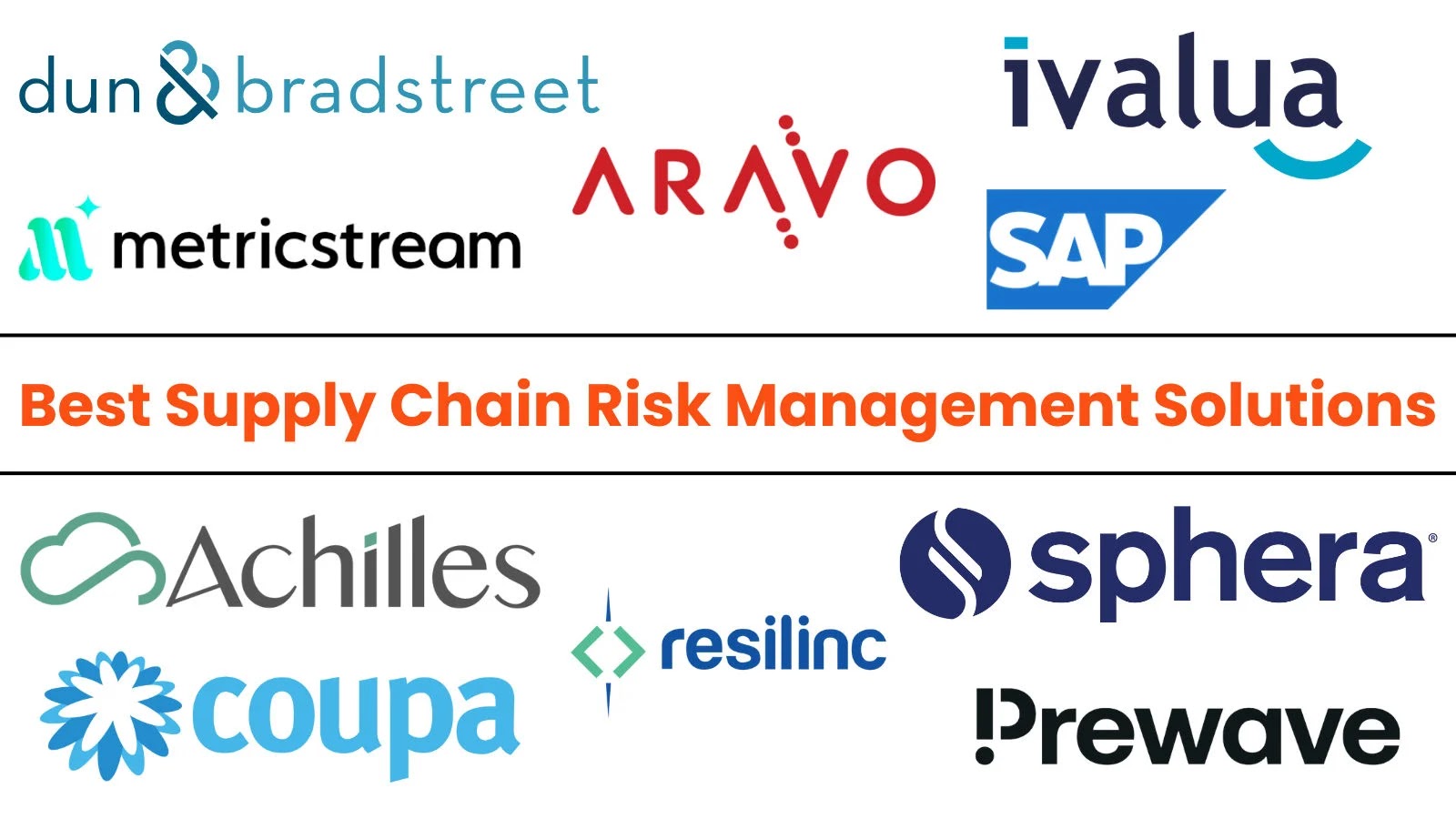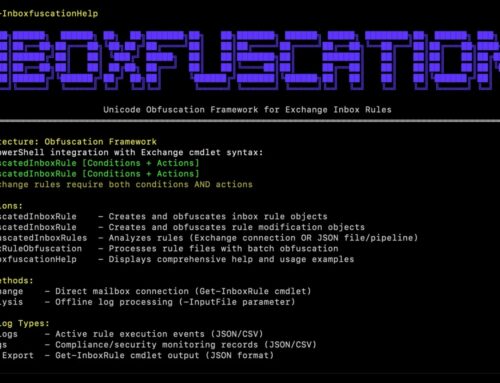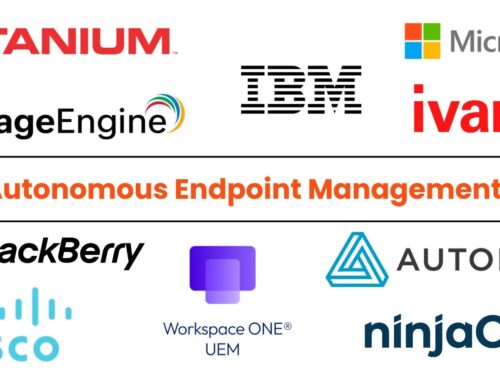
Top 10 Best Supply Chain Risk Management Solutions in 2025
Navigating the Treacherous Waters of Supply Chains: Why Risk Management is Paramount in 2025
The global marketplace is a complex web, and its interconnectedness, while fostering innovation and efficiency, also introduces significant vulnerabilities. In 2025, the imperative for robust Supply Chain Risk Management (SCRM) solutions is no longer a strategic advantage but a fundamental requirement for business continuity. Organizations grapple with a myriad of threats, from unpredictable geopolitical shifts and market volatility to stringent compliance demands, the specter of supplier failures, and the ever-present danger of cyber threats targeting the supply chain itself. Maintaining resilience in such a dynamic environment necessitates proactive measures, compelling companies to adopt sophisticated SCRM frameworks that can predict, assess, and mitigate potential disruptions before they cascade into catastrophic events.
Understanding the Modern Supply Chain Threat Landscape
The risks within supply chains are multifaceted and constantly evolving. Geopolitical tensions, for instance, can lead to sudden trade restrictions or resource shortages, directly impacting manufacturing and distribution. Economic instability and market unpredictability can cause demand fluctuations and price volatility, squeezing profit margins and potentially leading to business insolvency for some suppliers. Beyond these broad strokes, organizations face granular challenges such as compliance with increasingly complex global regulations, which can incur hefty penalties if mismanaged. Supplier failures, whether due to financial distress, operational issues, or natural disasters, pose an immediate threat, disrupting the flow of goods and services. However, a particularly insidious threat in 2025 is the escalating challenge of cyber threats targeting the supply chain.
Consider the devastating impact of a successful cyberattack on a critical supplier, like the SolarWinds incident (related to CVE-2020-13933 and others). This highlighted how a single point of failure in the software supply chain could compromise thousands of organizations. Similarly, vulnerabilities in third-party components, such as the Log4Shell vulnerability (CVE-2021-44228), demonstrate the ripple effect of security flaws originating deep within the supply chain. These incidents underscore the critical need for comprehensive supply chain cybersecurity solutions and continuous monitoring.
Key Pillars of Effective Supply Chain Risk Management
Effective SCRM in 2025 is built upon several foundational pillars:
- Visibility and Mapping: Organizations must gain end-to-end visibility into their supply chains, identifying all critical suppliers, sub-suppliers, and logistical nodes. This includes understanding the dependency graph and potential single points of failure.
- Risk Assessment and Prioritization: Not all risks are created equal. Robust SCRM solutions help assess the likelihood and potential impact of various risks, allowing companies to prioritize mitigation efforts based on criticality.
- Predictive Analytics and Early Warning Systems: Leveraging data analytics and AI, modern SCRM tools can detect early indicators of disruption, such as financial instability of a supplier or emerging geopolitical tensions, facilitating proactive intervention.
- Compliance Management: Automated tools for tracking and ensuring adherence to regulatory requirements across the supply chain are essential to avoid legal and financial repercussions.
- Incident Response and Business Continuity Planning: Despite best efforts, disruptions can occur. SCRM solutions aid in developing and implementing robust incident response plans and ensuring business continuity through alternate sourcing or strategic stockpiling.
Top 10 Best Supply Chain Risk Management Solutions in 2025
While a specific list of “Top 10” products from an external source isn’t directly provided here, based on industry trends and the challenges discussed, leading solutions in 2025 will typically encompass advanced capabilities in these areas. Look for platforms that offer:
- AI and Machine Learning Integration: For predictive analytics, anomaly detection, and automating risk assessment.
- Real-time Data Aggregation: Collecting data from diverse sources, including news feeds, financial reports, customs data, and cyber threat intelligence.
- Third-Party Risk Management (TPRM) Modules: Specializing in assessing and monitoring the security posture and operational health of suppliers and vendors.
- Geographic Risk Mapping: Visualizing supply chain vulnerabilities against geopolitical hotspots and weather patterns.
- Compliance Automation: Tools that simplify adherence to global standards (e.g., GDPR, NIST, ISO 27001).
- Scenario Planning & Simulation: Allowing businesses to model the impact of various disruptions and test mitigation strategies.
- Collaborative Platforms: Facilitating secure information sharing and coordinated response efforts with suppliers.
- Sustainability and ESG Focus: Integrating environmental, social, and governance factors into risk assessments.
- Cybersecurity Posture Monitoring: Continuous assessment of supplier cybersecurity hygiene and vulnerability management.
- Blockchain Integration: For enhancing transparency, traceability, and immutability of transactions within the supply chain.
Organizations should evaluate solutions based on their specific industry, complexity of their supply chain, budget, and integration capabilities with existing enterprise systems.
Remediation Actions for Supply Chain Cyber Risks
Given the pervasive nature of cyber threats, specific remediation actions are crucial:
- Implement Strict Vendor Security Assessments: Before onboarding any new supplier, conduct thorough cybersecurity assessments. This includes reviewing their security controls, incident response plans, and adherence to security frameworks.
- Enforce Minimum Security Standards: Mandate specific security requirements for all suppliers, such as multifactor authentication (MFA), regular vulnerability scanning, and security awareness training for their employees.
- Regularly Audit Third-Party Access: Continuously monitor and audit access permissions granted to third-party vendors, revoking access immediately when no longer needed.
- Segment Networks: Isolate critical systems and data within your network, limiting the potential lateral movement of an attacker who may gain initial access through a compromised supplier.
- Require Software Bill of Materials (SBOMs): Demand SBOMs from software suppliers to gain transparency into the components used in their products, helping identify known vulnerabilities like those in Log4j or OpenSSL. This helps manage risks associated with newer vulnerabilities as they emerge.
- Develop a Coordinated Incident Response Plan: Establish clear communication channels and protocols with key suppliers for reporting and responding to security incidents collaboratively.
- Invest in Threat Intelligence Sharing: Participate in industry-specific threat intelligence sharing groups to stay informed about emerging threats and vulnerabilities relevant to your supply chain.
Essential Tools for Supply Chain Cybersecurity
Mitigating cyber risks in the supply chain often requires specialized tools. Here’s a look at categories of tools that can enhance your SCRM:
| Tool Category | Purpose | Examples/Key Features |
|---|---|---|
| Third-Party Risk Management (TPRM) Platforms | Automate vendor security assessments, continuous monitoring, and risk scoring. | RiskRecon, Black Kite, Panorays |
| Software Composition Analysis (SCA) Tools | Identify open-source components in software, pinpointing known vulnerabilities (e.g., CVE-2023-XXXXX in a library). | Synopsys Black Duck, Snyk, Veracode SCA |
| External Attack Surface Management (EASM) | Discover and monitor an organization’s and its suppliers’ internet-facing assets for vulnerabilities. | Censys, Shodan, CyCognito |
| Cyber Threat Intelligence (CTI) Platforms | Provide real-time data on emerging threats, attack campaigns, and indicators of compromise relevant to supply chains. | Recorded Future, Mandiant Threat Intelligence, Anomali |
| Security Rating Services | Offer objective, data-driven security ratings for third parties, similar to credit scores. | SecurityScorecard, BitSight |
The Imperative for Resilient Supply Chains
The intricate dance of global commerce mandates a proactive and sophisticated approach to supply chain risk management. Geopolitical instability, market fluctuations, compliance burdens, supplier vulnerabilities, and rampant cyber threats are not merely theoretical concerns; they represent tangible, costly disruptions. Adopting robust SCRM solutions and integrating a strong cybersecurity posture throughout the supply chain are no longer optional extras. They are critical investments in operational resilience, brand reputation, and sustained competitive advantage in 2025 and beyond.





